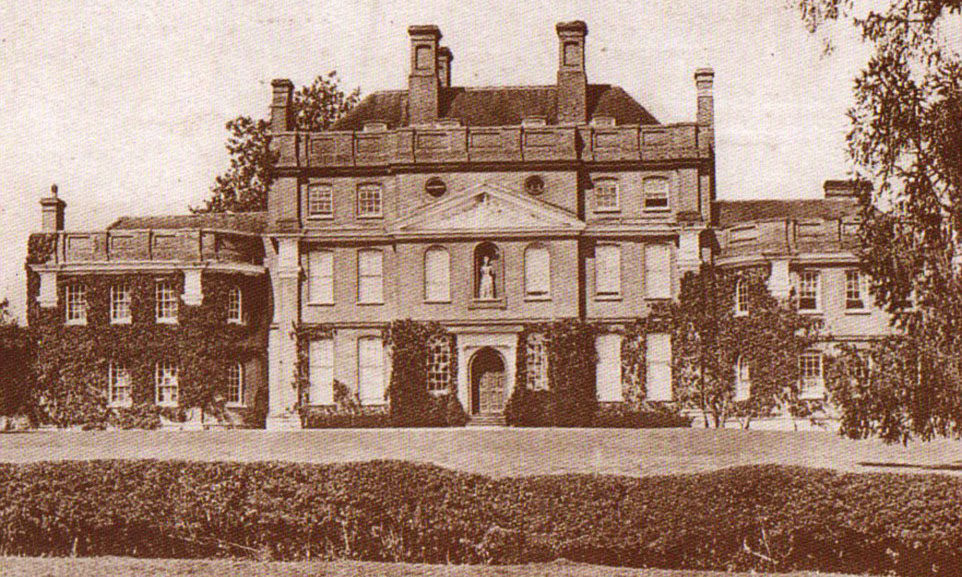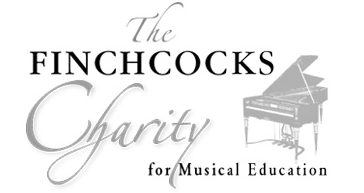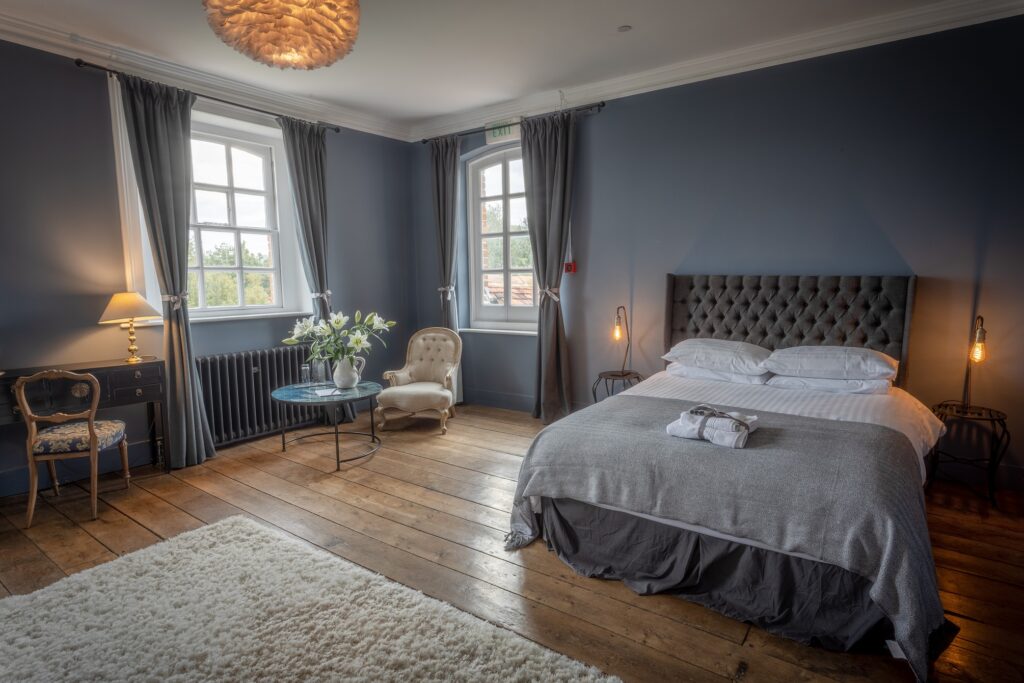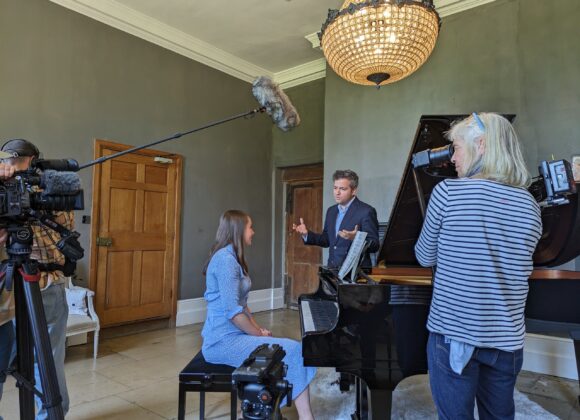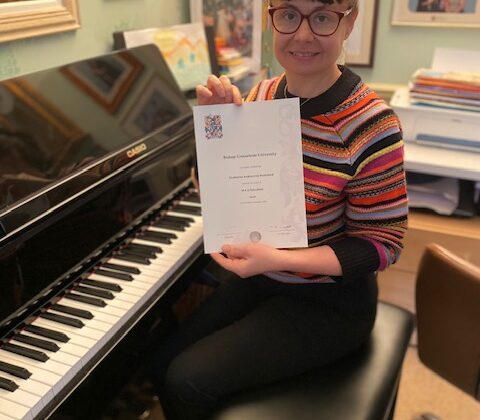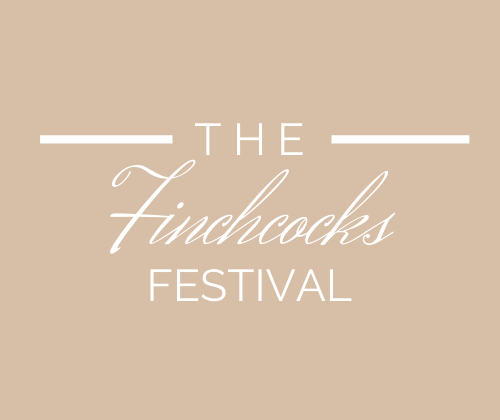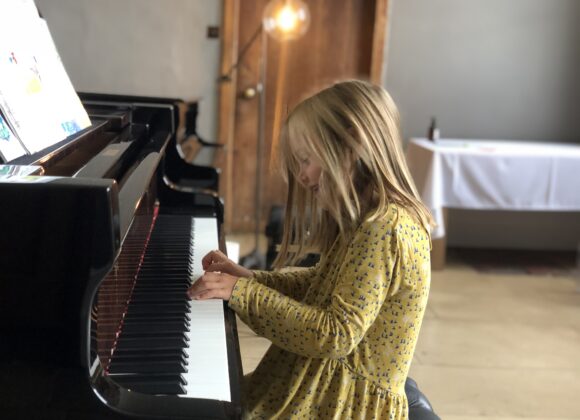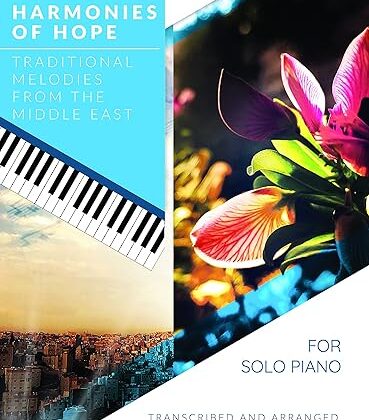History
History
The story begins in 1725
1725
House is constructed on site of an earlier property
Edward Bathurst (1680 – 1772), a London barrister and Master of the Middle Temple, inherited the property via three childless uncles, and set about rebuilding the property – new Finchcocks – “at great expense and in a most stately manner”. The house was completed in 1725, and was passed to his son Reverend Thomas, who was forced to sell the property in 1796, ending 230 years of the Bathurst family at Finchcocks.
1797
Purchased by Springett family
Robert Springett (1753 – 1826), another important local landowner purchased the property from the Bathursts in 1797. With an enlarged estate supported by its land and labourers, the Springett’s period of ownership was characterised by civil unrest resulting from the threat to the workforce of the introduction of a first wave of agricultural mechanisation. The property only remained in the Springett family for another generation, before it was once again sold to recoup the financial losses of the second generation.
1863
Estate joined to Scotney castle by Edward Hussey
Edward Hussey, who owned neighbouring Scotney, purchased the property in 1863, effectively joining the estates. Edward Hussey, continued to live at Scotney, where he had a new mansion constructed, so subsequently leased out Finchcocks to various tenants. The property was eventually sold, but most of the land associated with the original Finchcocks estate, remained in the ownership of the Hussey family (a proportion of which was subsequently bequeathed to the National Trust).
1921+
Captain Cecil, Lycett Green, St Clair Erskine and the Ballet School
Captain AWJ Cecil bought the property in 1919 and set about the task of modernising the various water and electrical services in the building. 16 years later, it then passed to Francis Lycett Green, who was a prolific art collector and who reconfigured the South Wing as an art gallery. After a 10 year period of ownership by David and Antonia St Clair Erskine, Finchcocks played host to the Legat Ballet School for another decade, before being bought by Richard and Katrina Burnett.
1971 – 2015
Finchcocks Musical Museum and Charity
Finchcocks was bought by concert pianist and collector Richard Burnett in 1971, originally as the base for the Adlam Burnett Historical Keyboard workshop which operated there for a decade.
After a period of extensive restoration the house was opened to the public as a Musical Museum, run by Richard and his wife Katrina, and this became home to some 115 period keyboard instruments – harpsichords, clavichords, organs and a wide range of early pianos. The collection gained international acclaim, with the instruments used for performances, recordings and many other events in the house. In 2015 the museum closed, but a core collection of 14 important original keyboard instruments, dating from 17th to mid 19th centuries, known as The Richard Burnett Heritage Collection, was retained by Richard and Katrina Burnett, and is available for study, concerts and courses in nearby Tunbridge Wells. The Finchcocks Charity for Musical Education, founded in 1984, also continues and supports musical and educational projects associated with period keyboard instruments.
For more information about the Richard Burnett Heritage Collection and The Finchcocks Charity Ltd please click here.
Finchcocks Today
A new musical venture
In 2016, Finchcocks was bought by Neil and Harriet Nichols, with the intention of using it both as a family home and finding a way to continue the music at Finchcocks. Following the renovation of the Coach House and the Old Dairy, Finchcocks welcomed up to eight visitors at a time through a series of regular residential piano courses, aimed at all ability ranges. David Hall (FRCO, MA Cantab) was appointed Musical Director with Dr Alastair Laurence (Chairman of John Broadwood and Sons Ltd) assisting with the selection and maintenance of the instruments.
Renovations have continued, with guest accommodation now situated in the main grade 1-listed manor house, the addition of an heated outdoor swimming pool (accessible to guests on our 5-day courses) and further plans in the pipeline!

